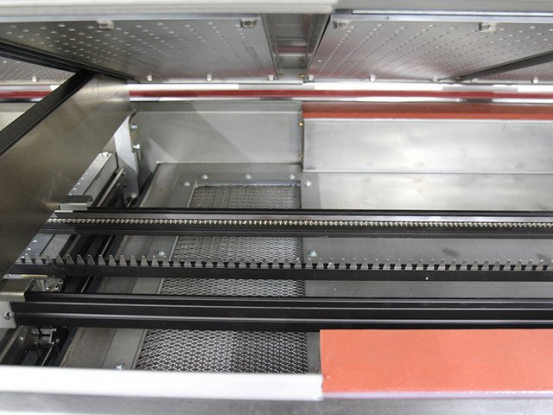Reflow soldering process and requirements for solder paste
Release time:2023-11-20Publisher:Jeenoce
When the solder paste is placed in a heated environment, the solder paste reflow soldering process is divided into four stages, and circuit boards also have certain requirements for reflow soldering of tin. JEENOCE shares this with everyone.

1、 The Reflux Change Process of Solder Paste in Reflux Welding Furnace
1. Preheating stage: The temperature rise must be slow (approximately 3 ° C per second) to limit boiling and splashing, prevent the formation of small tin beads, reduce internal stress in the component, and if the external temperature of the component rises too fast, it may cause fracture.
2. Insulation stage: At this stage, the flux is active and chemical cleaning begins. The assisting agent removes metal oxides and basic pollutants from the soon to be bound metal and nickel particles.
3. Reflux stage: As the temperature continues to rise, the solder particles first melt separately and begin to liquefy and absorb tin on the surface. This covers all possible surfaces and begins to form solder joints. When all the individual solder particles melt and combine to form liquid tin, surface tension begins to form the solder surface. If the gap between the component pins and the PCB pad exceeds 4mil, it is highly likely that the surface tension will cause the pins and pads to separate, resulting in an open circuit of the solder points.
4. During the cooling stage, if the cooling is fast, the strength of the tin point will be slightly higher, but it should not be too fast to cause temperature stress inside the component.
2、 Requirements for solder paste in circuit board reflow soldering
1. There is sufficient slow heating to safely evaporate the solvent, prevent the formation of solder beads and limit the internal stress of components caused by temperature expansion, resulting in reliability issues with fracture marks.
2. The active phase of the flux must have appropriate time and temperature, allowing the cleaning phase to be completed when the solder particles have just started to melt.
3. The stage of tin melting must fully melt the solder particles, liquefy them to form metallurgical welding, and evaporate the remaining solvents and flux residues.
4. Grasp the principle of internal temperature stress changes in components, that is, the heating temperature rise rate is less than 3 ° C per second, and the cooling temperature drop rate is less than 5 ° C.

